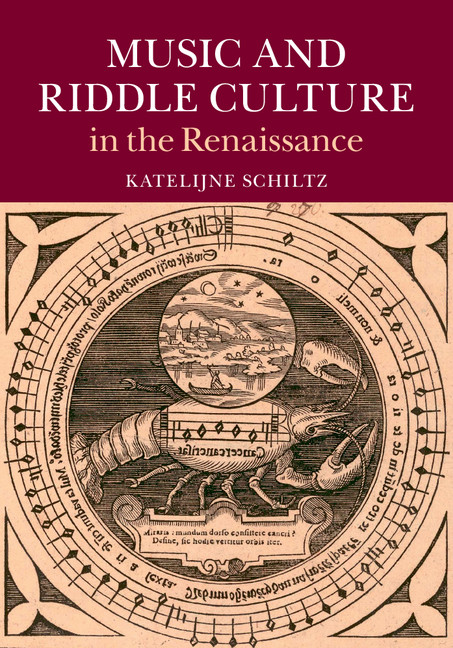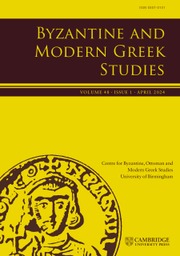Music and Riddle Culture in the Renaissance
Throughout the Renaissance, composers often expressed themselves in a language of riddles and puzzles, which they embedded within the music and lyrics of their compositions. This is the first book on the theory, practice and cultural context of musical riddles during the period. Katelijne Schiltz focuses on the compositional, notational, practical, social and theoretical aspects of musical riddle culture c.1450–1620, from the works of Antoine Busnoys, Jacob Obrecht and Josquin des Prez to Lodovico Zacconi's manuscript collection of Canoni musicali. Schiltz reveals how the riddle both invites and resists interpretation, the ways in which riddles imply a process of transformation and the consequences of these aspects for the riddle's conception, performance and reception. Lavishly illustrated and including a comprehensive catalogue by Bonnie J. Blackburn of enigmatic inscriptions, this book will be of interest to scholars of music, literature, art history, theology and the history of ideas.
- The first study to cover all aspects of musical riddles in the Renaissance, including their notation, production, reception and performance
- Situates musical riddles in their broader historical and cultural context, reflecting the larger intellectual and cultural concerns of the period
- Contains numerous illustrations and examples gathered from a wide range of sources and representing many kinds of musical riddles
Awards
Winner, 2016 Roland H. Bainton Prize, Art History/Musicology Category, Sixteenth Century Society and Conference
Product details
June 2015Hardback
9781107082298
548 pages
249 × 170 × 33 mm
1.22kg
58 b/w illus. 3 colour illus. 36 music examples
Available
Table of Contents
- Introduction
- 1. The culture of the enigmatic from classical antiquity to the Renaissance
- 2. Devising musical riddles in the Renaissance
- 3. The reception of the enigmatic in music theory
- 4. Riddles visualised
- Conclusion
- Appendix 1. A brief introduction to mensural notation
- Appendix 2. Catalogue of enigmatic canonic inscriptions Bonnie J. Blackburn.








.jpg)